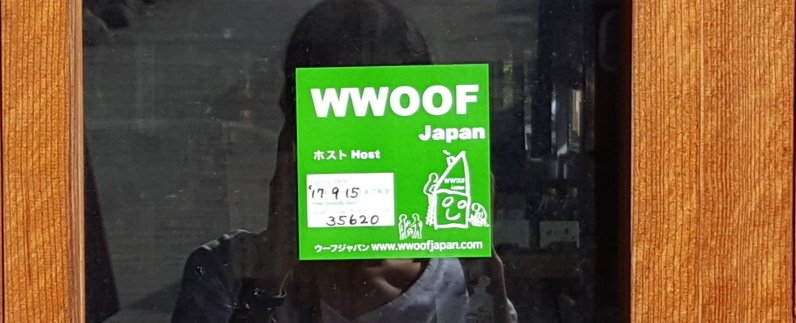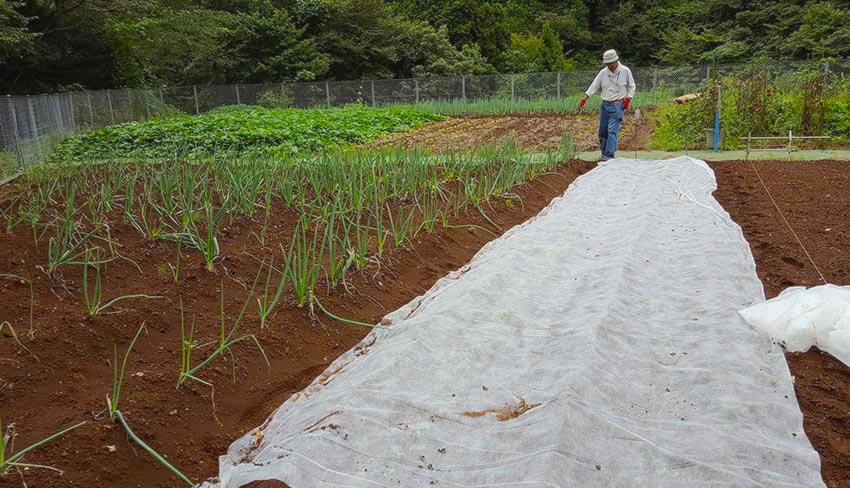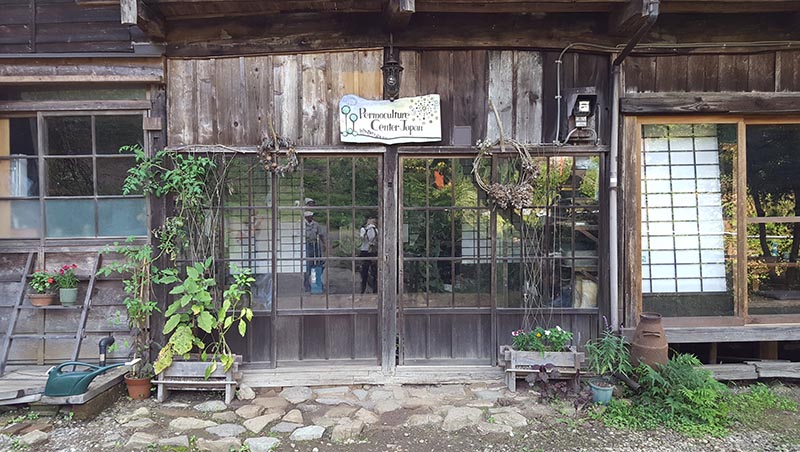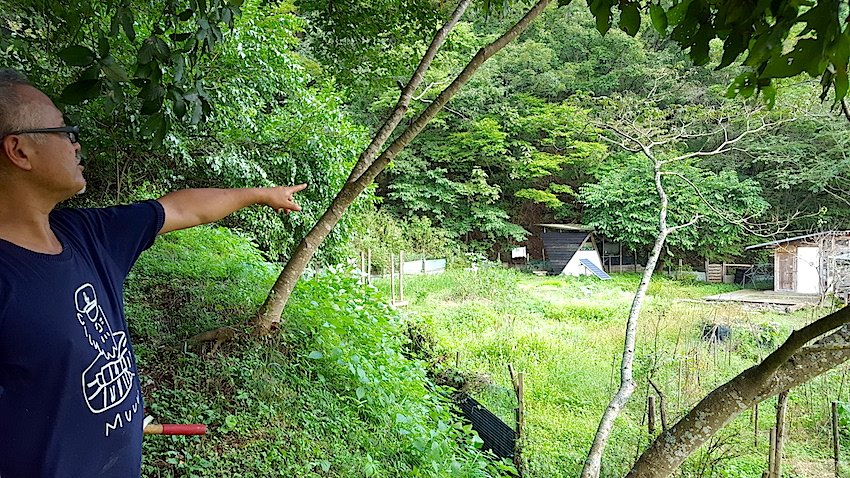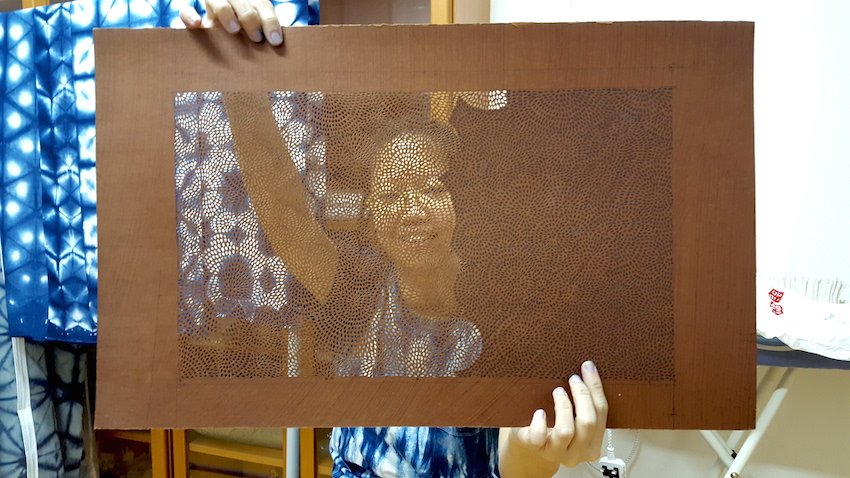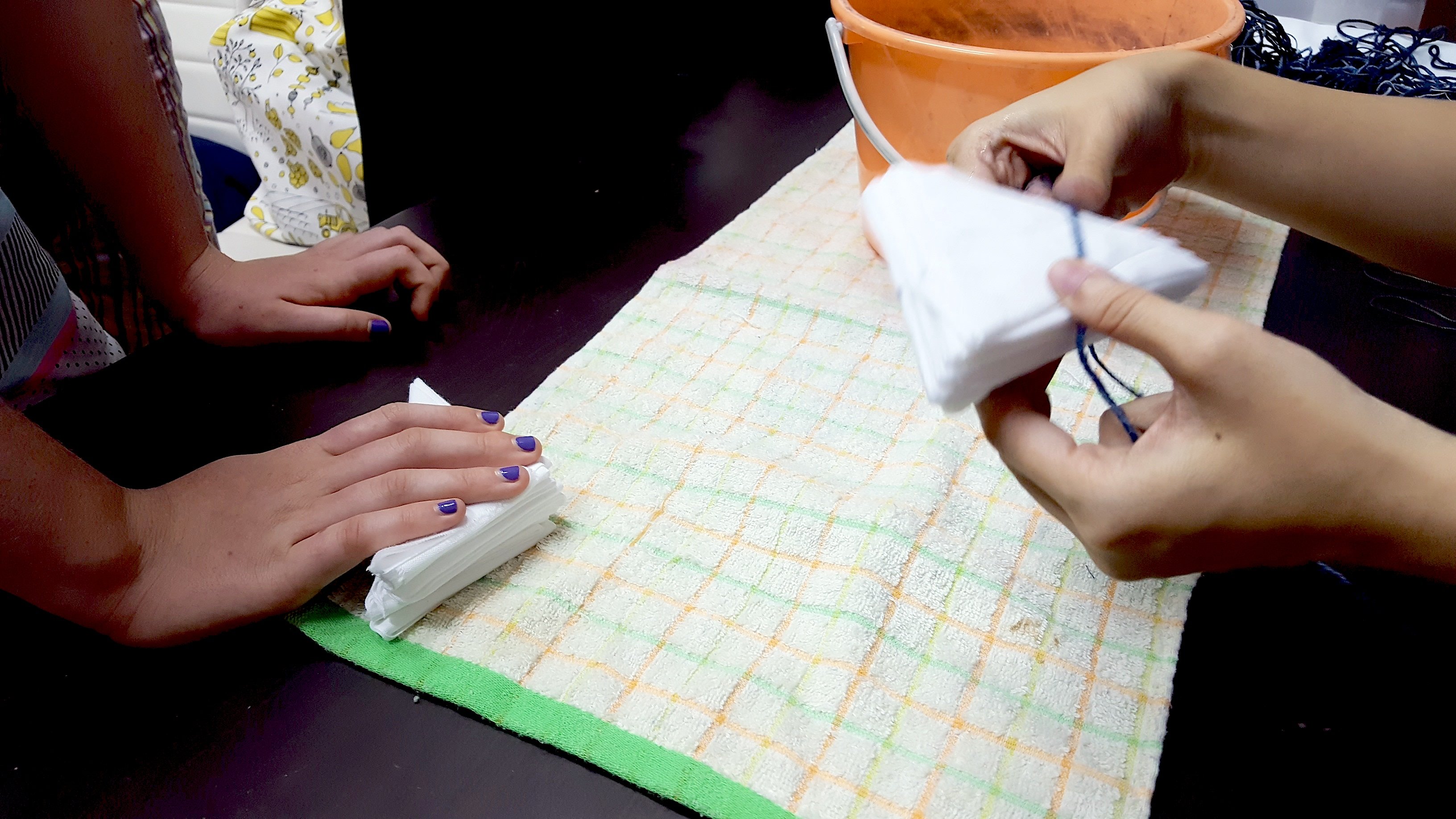Hunting for an appropriate gift for a new or experienced gardener? Here is a list that is sure to contain at least one relevant gift for gardeners of varying expertise, for any occasion!
- Mosquito repellant plants – Mosquito Plant, Citronella, Marigolds and Lantana are some plants which are said to repel mosquitoes. A thoughtful present for everyone, really. Available at Far East Flora and all good nurseries.
- Seeds – The Seeds Master stocks a huge variety of heirloom, organic, and/or hybrid fruit, flower, and vegetable seeds. They do not sell GMO seeds. Buy individual packs or seed collections, available on their website, from S$5.62 a seed packet.
- GIY stick – This is for the travellers, the busy folks, or laid-back gardeners who love the aesthetics and/or benefits of plants but are not to able to dedicate time to watering them. All you need is a reusable bottle and a piece of fabric to use with the GIY stick. Buy it here, at S$10 each.
- Headlamp – This one is for the night gardeners, and can be used for any other kind of hands-free activity, or even during black outs. Available for $14.90 at Decathalon.
- Haw’s copper indoor watering can – A real showpiece which will last well through the years. Haws are renown for quality watering cans, and its watering rose ensures gentle sprinkling of water on your plants. Buy yours at Super Farmers or Plain Vanilla Home – 315 Outram Road, #08-06 Tan Boon Liat Building.
- Dr Bronner’s Castille Soap – This is a great gift that can be used for more than one purpose. This natural, fragrance-free, all-purpose soap comes in concentrated form and needs to be diluted before use – it can be used as a hand soap, or dishwashing liquid, and then used as a pest spray on plants. I don’t recommend just any kind of soap for plants because of its ingredients, including fragrance, but this is one that I consider to be safe. Available at Bud Cosmetics, S$11.90 for 236ml or 944ml for S$30.80.
- NaturalGro Organic Kelp Liquid Fertiliser – Seaweed emulsion contains more than 70 trace minerals that are beneficial to plants. Used at a foliar spray or soil conditioner, this is a useful gift for every gardener. Available at The Nature Company and World Farm, 240ml for S$11.50, or 1L for S$35.
- 1001 Garden Plants in Singapore (3rd edition) – This is a plant bible of a large variety of plants available in Singapore, and is a popular read. Contrary to the title, there are more than 1001 plants included in the latest edition. Get your copy today from Singapore Botanic Gardens Shop, Nong, Kinokuniya and Times bookshops, S$27.90.
- Botanical watercolour classes – WITHIN offers botanical watercolour classes and they have a few different packages for aspiring botanical artists. Vouchers are now available, starting from S$138 for a single class. We recommend at least an introductory class – 4 classes for S$380, materials are provided. More information here.
Something that I wanted to add to this list was knee pads but I wasn’t able to find ones of good quality. Hopefully by next year, I’m getting to that age where I need them and will have to buy mine overseas. I hope to compile a much more comprehensive guide next year. Happy holidays!


